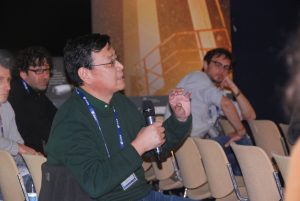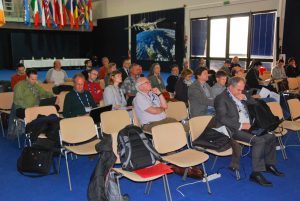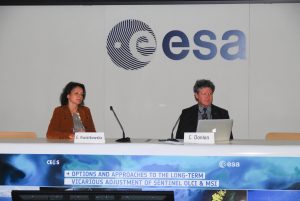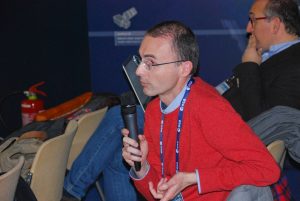Christophe Lerebourg, ACRI-ST
March 2017
D-240 Proceedings of WKP-1 (PROC-1) Report of the international workshop
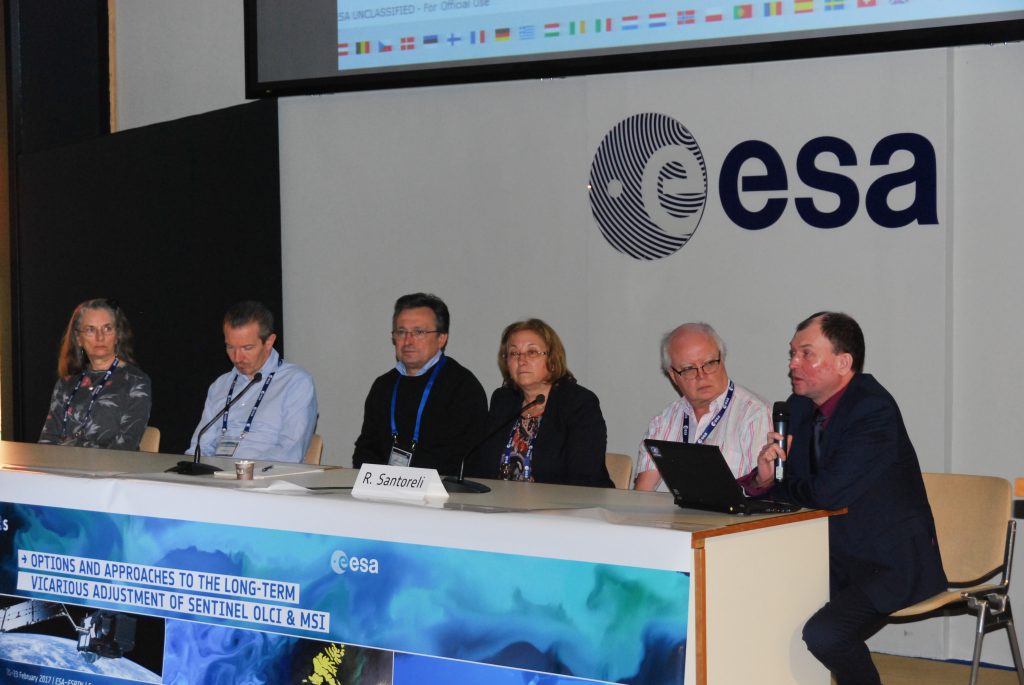
Discussion panel leaders at ESA workshop “Options and approaches to the long-term vicarious adjustment of Sentinel OLCI and MSI” held in ESRIN, Frascati, Italy on 21-23 February 2017. Photo Joel Kuusk, TO.
ESA FRM4SOC project (Fiducial Reference Measurement for Satellite Ocean Colour), led by Tartu Observatory and involving ACRI-ST, Museum (Royal Belgian Institute of Natural Sciences), NPL (National Physical Laboratory), and PML (Plymouth Marine Laboratory), has organized an international workshop to evaluate the options for future European satellite Ocean Colour Radiometry vicarious adjustment infrastructure for the Sentinel-3 OLCI and Sentinel-2 MSI A/B/C and D instruments.
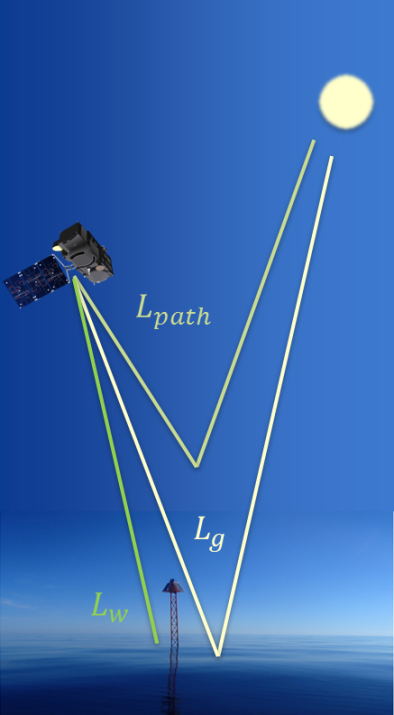
The basis of System Vicarious Calibration. Courtesy of D. Antoine, CNRS/LOV and C. Mazeran, Solvo
The workshop has gathered specialist from a large diversity of institutions (Alfred-Wegener-Institute and EUMETSAT, Germany; JRC and CNR, Italy; Dalhousie University, Canada; European Environment Agency, European Commission; KIOST, South Korea; LOV and Solvo, France, NIST, NOAA, University Of Miami and Sea-Bird Scientific, USA; NPL, UK; TechWorksMarine, Ireland) and from a large diversity of scientific fields including metrologists, oceanographers, physicists and remote sensing scientists. A prime objective of this workshop was to bring together the world experts in ocean and satellite borne optical radiometry to open a wide-ranging debate on the way forward to provide the best possible outcome of the Sentinel-2 and Sentinel3 series.
Ocean colour remote sensing rely on highly precise and accurate in situ measurements of the optical properties of the oceans, the so-called Fiducial Reference Measurements (FRM), to optimize its reliability through indirect calibration, the so-called vicarious calibration.
An import aspect of the meeting was to analysis the actual needs from the community (S2 and S3 Mission Performance centres, Copernicus – Marine Environment Monitoring Service, scientific users …) and constrains for long term applications like the generation of Climate Data Records (CDR) of Essential Climate Variables (ECV) to specify the requirements for future System Vicarious Calibration (SVC).
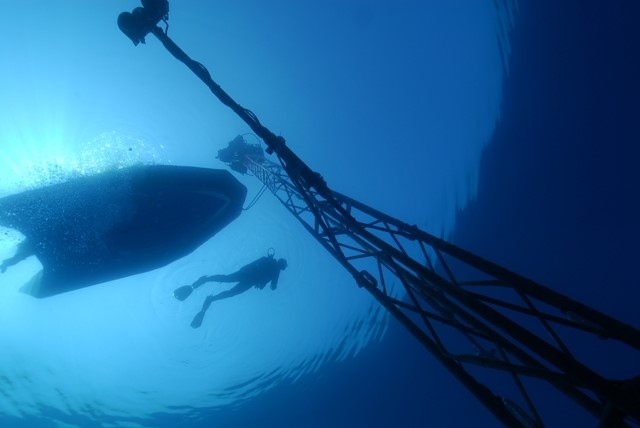
Below water view from BOUSSOLE. Courtesy of CNRS/LOV
On the oceanic aspect, a great attention was put to review and learn from the experience of the exiting reference sites for SVC: MOBy (the Marine Optical Buoy) deployed off the Hawaiian coast since 1996 and BOUSSOLE (Buoy for the acquisition of long-term optical times series) deployed in the Ligurian Sea since 2004.
The two systems are currently being refreshed to better respond to the new challenges of operational ocean colour remote sensing. In addition new emerging technics based on autonomous profiling floats have also been reviewed as they offer a great potential for both vicarious adjustment and data validation.
The discussions held during the workshop have converged toward a consensus for future development of SVC infrastructure in Europe. The conclusions will be made public by the end of the project but from now on ESA has the practical evidence supported by the data provider, data users and world class expert to strongly advocate on a European level for the development and long term maintenance of cutting edge systems to ensure the highest possible Copernicus data quality for the next decades. Presentations of the workshop are available on the event website.
